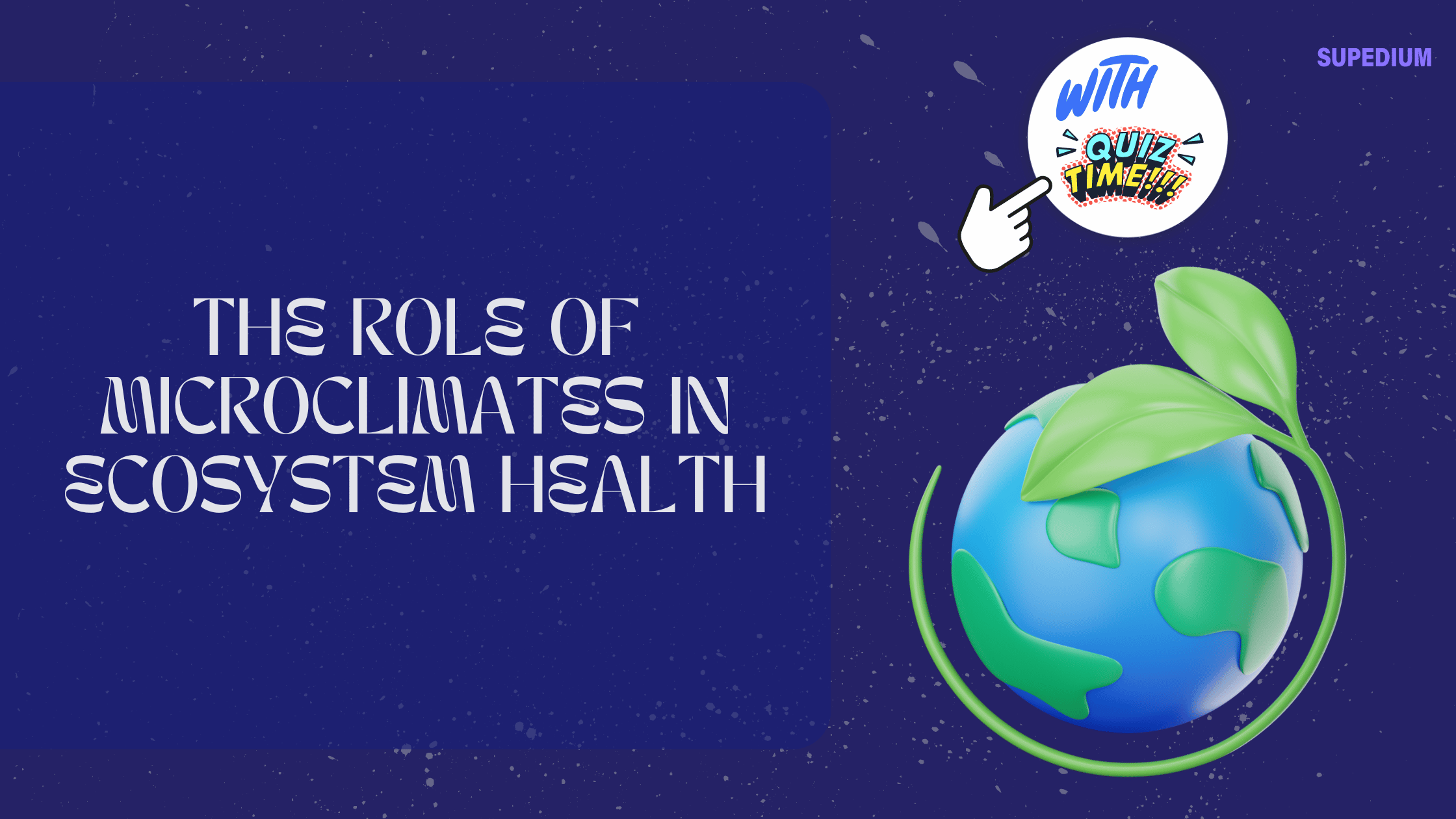Table of Contents
![]()
I. Introduction
Algae are simple, photosynthetic organisms that play a crucial role in aquatic ecosystems and global carbon cycling. As we venture deeper into space exploration, understanding how these organisms behave in microgravity environments is becoming increasingly important. Microgravity—an environment with significantly reduced gravitational forces—affects biological processes in ways that challenge our understanding of life. Research on algae in space could pave the way for sustainable life support systems and food production in long-duration missions. This article explores the significance of algae research in microgravity and its implications for future space exploration.
II. Background
A. Algae: Types and Characteristics
Algae are a diverse group of organisms, ranging from microscopic phytoplankton to large seaweeds. They can be broadly categorized into microalgae and macroalgae. Microalgae are unicellular and often serve as the foundation of aquatic food webs, while macroalgae are multicellular and can grow to significant sizes, such as kelp forests. Both types perform photosynthesis, converting sunlight into energy and playing a pivotal role in carbon fixation.
B. The Concept of Microgravity
Microgravity is a condition where objects appear to be weightless due to the near absence of gravitational force. This state can alter biological functions, including growth, reproduction, and metabolic processes. The International Space Station (ISS) has been instrumental in studying these effects, providing a unique platform for conducting experiments in a microgravity environment. Understanding how organisms, including algae, respond to microgravity is crucial for future space exploration.
III. Importance of Algae in Space Exploration
A. Role in Life Support Systems
Algae have the potential to be integral components of life support systems in space missions. They can produce oxygen through photosynthesis while simultaneously absorbing carbon dioxide, helping to maintain breathable air in enclosed environments. Furthermore, algae are rich in nutrients, making them a viable food source for astronauts.
B. Bioremediation Potential in Closed Environments
In a closed-loop life support system, waste management is vital. Algae can contribute to bioremediation by recycling waste products and purifying water. They can break down organic waste and filter contaminants, making them essential for sustainable living in space habitats.
IV. Research Objectives
A. Understanding Algae Growth and Behavior in Microgravity
One of the primary research objectives is to investigate how algae grow and behave in microgravity conditions. Scientists aim to determine growth rates, reproductive patterns, and any changes in genetic expression when exposed to microgravity.
B. Evaluating Potential Applications for Long-Duration Space Missions
Another critical objective is to assess the viability of algae as a sustainable food source and a component of habitat enhancement in long-duration missions. By understanding their growth dynamics in space, researchers can better prepare for future exploration endeavors.
V. Experimental Studies
A. Overview of Past and Current Experiments
Several experiments have been conducted on the ISS to study the effects of microgravity on algae. Notable studies have focused on species such as Chlorella and Spirulina, which are known for their nutritional value and rapid growth rates.
B. Methodologies Used in Microgravity Research
Research methodologies in microgravity include specialized cultivation techniques and advanced data collection methods. Scientists use bioreactors to grow algae in space, monitoring their growth conditions, metabolic rates, and physiological changes.
VI. Findings and Results
A. Growth Patterns of Algae in Microgravity
Preliminary findings suggest that algae can grow in microgravity, but their growth patterns may differ from those on Earth. Research indicates variations in growth rates and cellular structures when exposed to microgravity.
B. Physiological Changes Observed in Algae
Studies have documented significant physiological changes in algae under microgravity. These changes include altered metabolic processes, which can affect nutrient uptake and efficiency, providing insights into how these organisms adapt to their environment.
C. Implications for Biotechnological Applications
The results of these studies hold promise for biotechnological applications both in space and on Earth. Understanding how algae function in microgravity could lead to innovations in bioremediation, biofuel production, and sustainable agriculture.
VII. Challenges and Limitations
A. Technical Challenges in Conducting Experiments in Space
Conducting experiments in space presents unique challenges, including equipment malfunctions and limited access to materials. Researchers must navigate these issues to ensure the integrity of their experiments.
B. Environmental Factors Influencing Algae Growth
Various environmental factors, such as light conditions and nutrient availability, can significantly influence algae growth in space. Researchers must carefully control these variables to obtain reliable data.
C. Data Interpretation and Variability in Microgravity Settings
Interpreting data from microgravity experiments can be complex. Variability in results may arise from the microgravity environment itself, making it essential for scientists to conduct multiple experiments for validation.
VIII. Future Directions
A. Advances in Algae Research Technology
As technology advances, new methods for studying algae in space will emerge. Improved sensors and monitoring systems will enhance our understanding of algae growth and behavior in microgravity.
B. Potential for Commercial Applications on Earth
The research on algae in space may also have commercial applications on Earth, such as in biofuels, food production, and environmental remediation. The insights gained can contribute to developing sustainable practices in various industries.
C. Expanding Research to Other Organisms and Ecosystems
Future research may expand beyond algae to include other organisms and ecosystems. Understanding how different species respond to microgravity could enhance our knowledge of life in extreme environments.
D. The Role of Algae in Upcoming Space Missions
As plans for missions to Mars and lunar bases progress, the role of algae in life support systems becomes increasingly relevant. Research findings could directly inform the design of sustainable habitats for astronauts on long-duration missions.
IX. Conclusion
Algae research in microgravity presents a promising avenue for enhancing our understanding of life in space. The potential applications for life support systems and bioremediation could revolutionize how we approach long-duration space exploration. As we continue to explore the cosmos, the lessons learned from studying algae will undoubtedly contribute to sustainable practices both in space and on Earth.
Share This





Be the first to comment